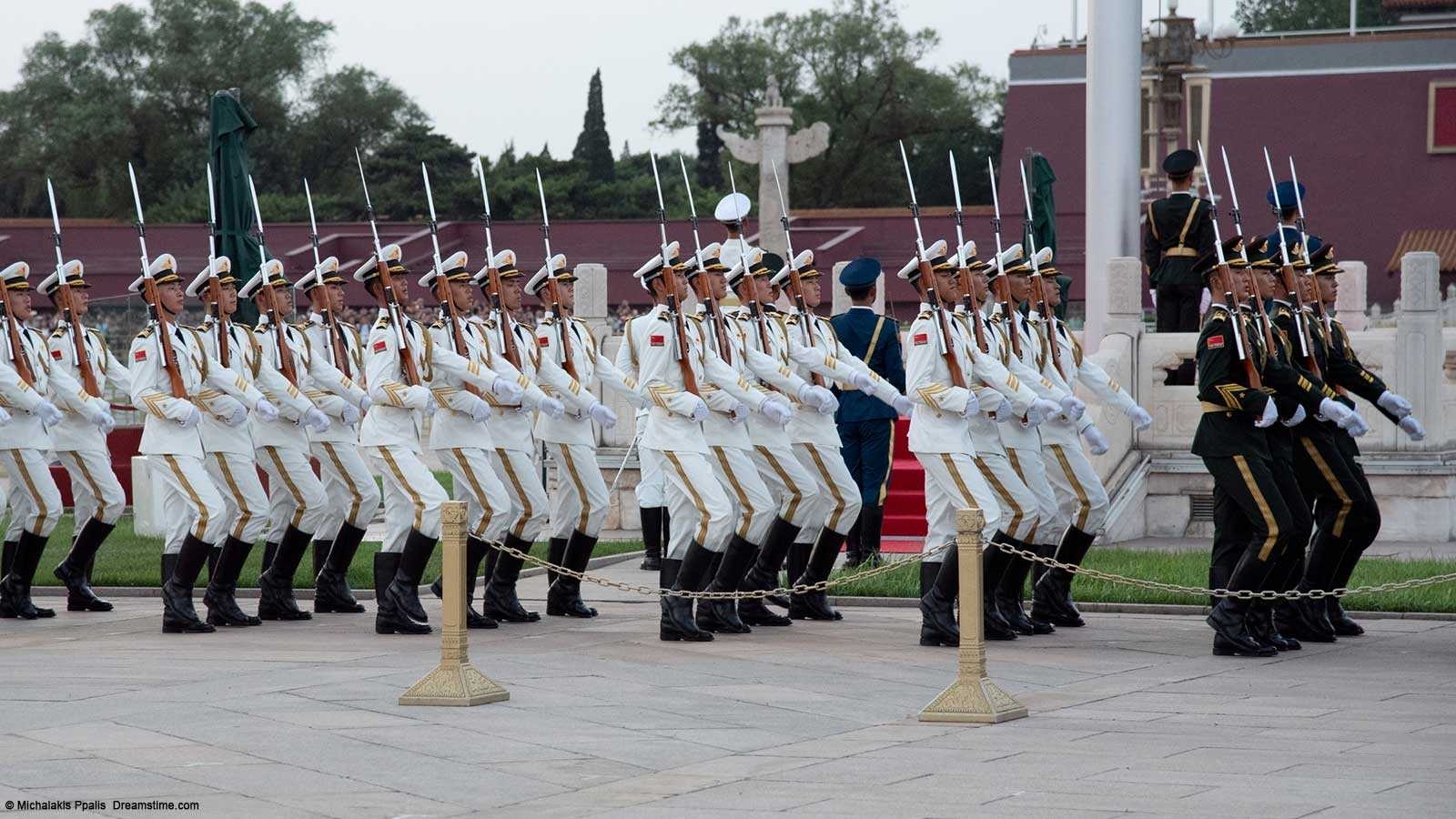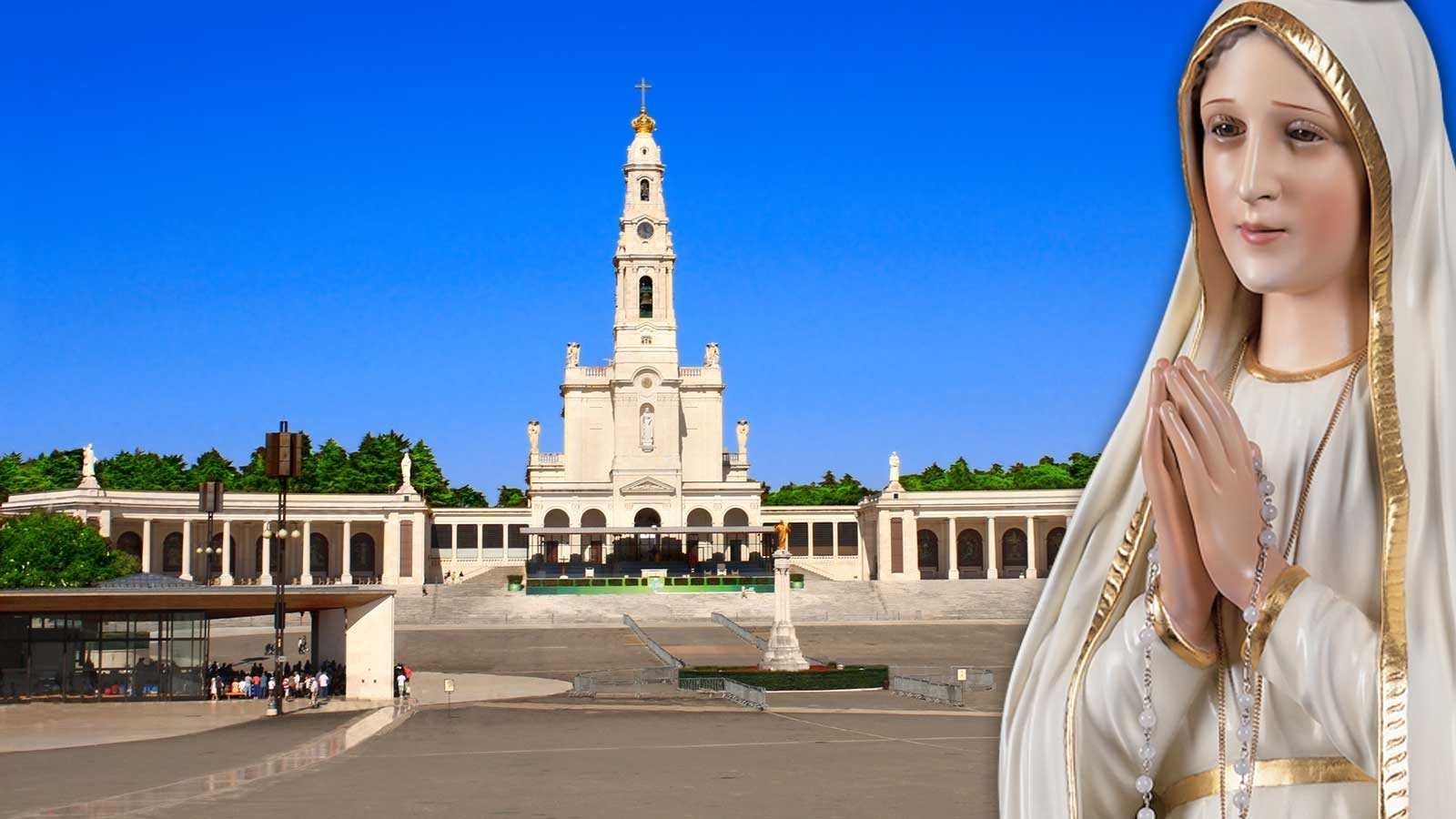
TOPICS:
Xi Jinping’s Parade Charade
Sep 08, 2025 / Written by: Gary Isbell
How Beijing Rewrote WWII History to Attack the West
China’s recent military parade in Tiananmen Square on September 3 was more than just a $2 billion theater to celebrate the 80th anniversary of the Japanese surrender in World War II.
Most people think the parade was just an occasion to showcase China’s military strength and weapon development.
However, few casual observers realized that the celebration was commemorating something that never happened. The Chinese parade script rewrote World War II history to reflect a new narrative that favors its challenge to the U.S.-led international order.
The Propaganda Performance
Every part of the parade was carefully choreographed. When Xi Jinping positioned himself alongside Vladimir Putin and Kim Jong Un, for example, he sent a message to the West that he was solidifying an alliance rooted in authoritarian values, a shared hatred of the West, and common historical distortions.
This triumvirate of autocrats used the parade platform to send a clear message to the West: Truth does not matter, and history belongs to whoever controls the narrative.
The Historical Distortion at the Heart of the Parade
The Chinese Communist Party’s (CCP) most audacious claim is that it led China’s fight against Imperial Japan during World War II. This statement is a complete fabrication meant to erase the Republic of China’s (ROC) true wartime leadership and sacrifices.
The ROC governed mainland China during the war and retreated to the island of Taiwan in 1945 after the Communists took over and established the People’s Republic of China (PRC).
When Japan launched its full-scale invasion of China in July 1937, the People’s Republic of China didn’t exist.
Mao Zedong did not establish the PRC until 1949, four years after Japan’s surrender. The internationally recognized government fighting Japan was the ROC, led by Chiang Kai-shek’s Nationalist forces.
The Real War Effort vs. Communist Mythology
Historical records show a very different picture from Beijing’s parade propaganda. ROC forces endured Japan’s brutal attack for eight exhausting years, preventing more than 500,000 Japanese troops from aiding Pacific operations against Allied forces.
The famous Flying Tigers from the First American Volunteer Group (AVG) operated under ROC command, not the PRC.
Meanwhile, Mao’s strategy for his communist forces inside China during the war was not about attacking the Japanese but surviving. His cynical effort was “70 percent about strengthening themselves, 20 percent dealing with the republican government, and 10 percent about opposing Japan.” Rather than national liberation, the CCP prioritized positioning itself for China’s coming civil war, not fighting the Japanese.1
During 1937 and 1938, the Eighth Route Army and New Fourth Army from the communist forces carried out guerrilla operations in remote areas. Although these actions caused minor disruptions for the Japanese, they were entirely insignificant compared to the major campaigns the ROC forces fought in key cities like Shanghai, Changsha and Wuhan.
The 1944 Dixie Mission: Revealing Communist Priorities
American efforts to coordinate with ROC forces through the 1944 Dixie Mission revealed the true intentions of the CCP and the People’s Liberation Army (PLA). Instead of working with Allied plans against Japan, Mao’s commanders concentrated on consolidating power after the war. The Chinese Communist Party used the war as a tool to gain internal power rather than for true national liberation.
Modern Implications of Historical Revisionism
Today, Xi Jinping is doing the same thing by using historical distortions to serve multiple modern goals. By exaggerating the role of the CCP during WWII and downplaying ROC sacrifices, Beijing aims to:
- Legitimize its authoritarian rule through fabricated historical credentials.
- Undermine Taiwan’s historical role and political standing.
- Manipulate international perceptions of Taiwan’s origins and legitimacy.
- Advance hegemonic ambitions through manufactured moral authority.
This isn’t just historical revisionism—it’s weaponized history meant to alter the global view of the CCP’s dishonorable past.
The Pageantry of Insecurity
This grandiose military parade ultimately reveals the CCP’s fundamental insecurity; exaggeration denotes deficiency. A regime that was confident in its legitimacy wouldn’t need to orchestrate elaborate historical fiction. The spectacle of missiles and synchronized marching cannot mask the hollow foundation of fabricated heroism upon which rest communist China’s claims.
While Xi warns about “bullies,” as he struts alongside Vladimir Putin and Kim Jong Un, the irony is palpable. The real message isn’t strength—it’s desperation. A government that relies more on propaganda and theater than truth betrays its own fragility.
The Cost of Historical Amnesia
The CCP’s WWII revisionism erased the ROC’s genuine sacrifices and exaggerated communist contributions; Beijing dishonors the millions who fought and died resisting Japanese aggression.
This act of historical sabotage extends beyond China’s borders, poisoning international perspectives and weakening the factual basis for informed policy decisions. When authoritarian regimes successfully rewrite history for political gain, the poisonous effects spread everywhere.
Eight decades after WWII’s end, Xi Jinping’s parade shows that the battle for truth rages on. The stakes are high, and the West cannot let this dishonorable charade go unchallenged. When facts are manipulated to fit the CCP’s narrative, the stability of the West is also at risk.
Header image: © Michalakis Ppalis Dreamstime.com
Footnote:



